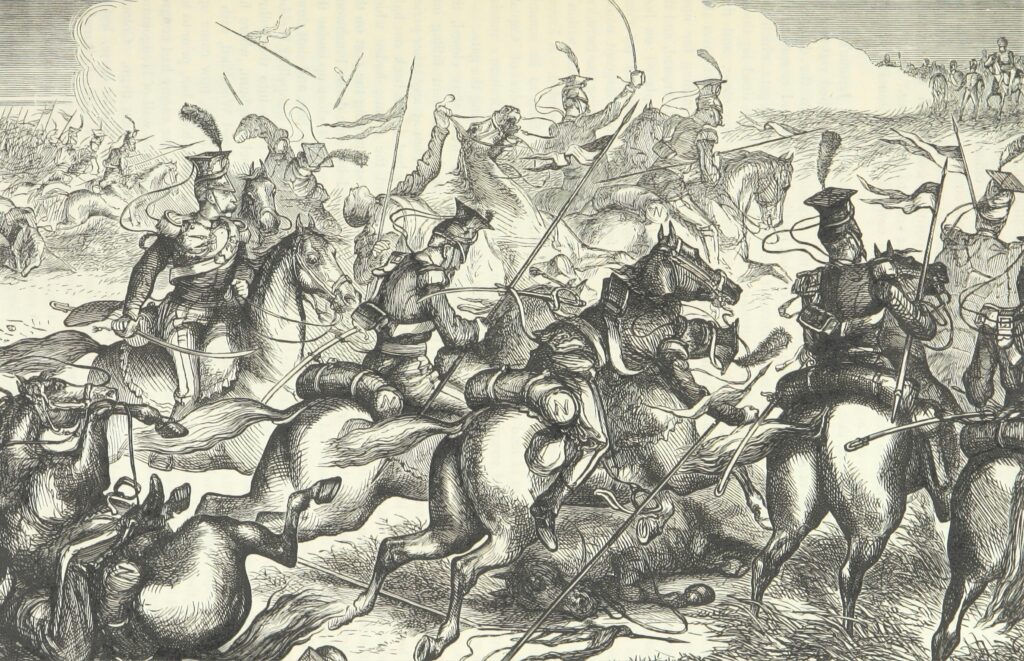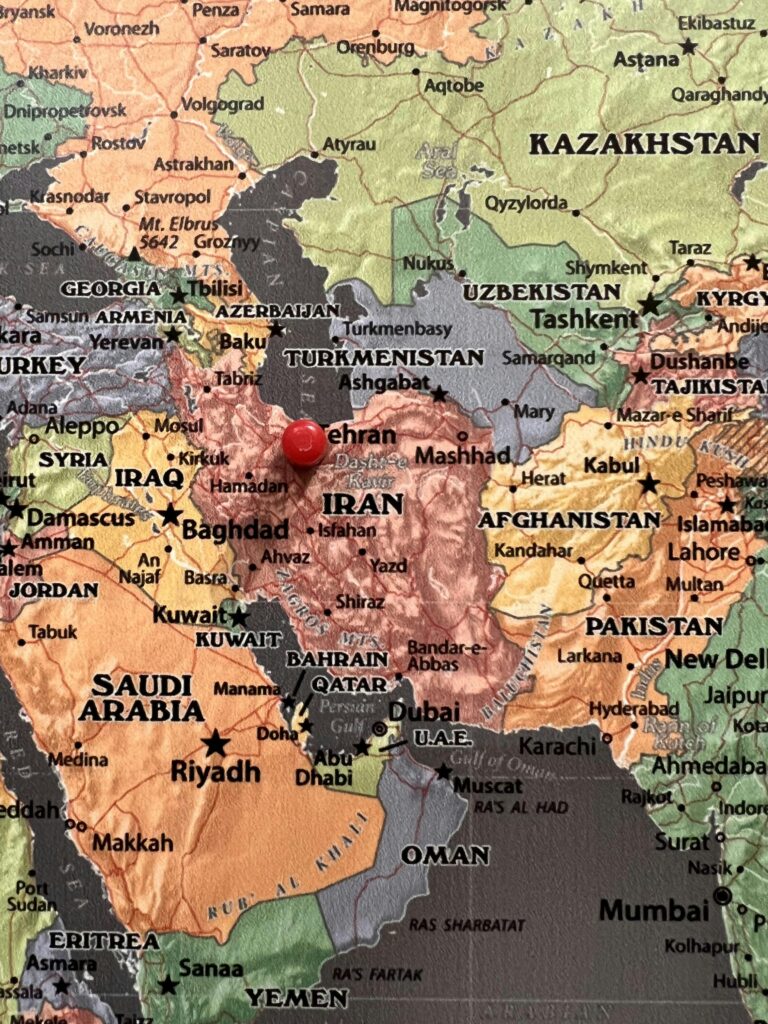The Battle of Agincourt, fought on October 25, 1415, stands as one of the most iconic and decisive clashes in medieval history. This pivotal English triumph during the Hundred Years’ War not only showcased the tactical brilliance of King Henry V but also marked a turning point that reverberated through centuries. In this article, we will delve into the events leading up to the battle, explore the key strategies that secured English victory against overwhelming odds, and examine the enduring legacy of Agincourt in both military history and popular culture. Whether you’re a history enthusiast or simply curious about this legendary conflict, join us as we uncover what made Agincourt a defining moment for England and its medieval past.
Table of Contents
- The Strategic Context Behind the Battle of Agincourt
- Tactics and Weaponry That Secured English Victory
- Analyzing the Impact of Terrain and Weather on the Battle
- Lessons from Agincourt for Modern Military Strategy
- Future Outlook
The Strategic Context Behind the Battle of Agincourt
The clash at Agincourt did not occur in a vacuum; it was deeply rooted in the complex political and military rivalry known as the Hundred Years’ War between England and France. By 1415, King Henry V of England sought to assert his claim to the French throne, capitalizing on internal French divisions and weakening royal authority. This backdrop of dynastic ambition and fragmented French nobility created an environment ripe for confrontation, where a decisive English victory could shift the balance of power dramatically.
Several critical factors shaped the English strategy and their eventual success:
- French Overconfidence: The French nobility underestimated the discipline and resilience of the smaller English force, expecting a swift rout.
- Terrain and Weather: The narrow, muddy battlefield near Agincourt hampered the heavily armored French knights and favored English defensive tactics.
- English Longbowmen: The strategic deployment of archers disrupted French formations, showcasing tactical evolution in medieval warfare.
Tactics and Weaponry That Secured English Victory
The English army’s remarkable triumph at Agincourt hinged greatly on ingenious tactics and the strategic deployment of weaponry, most notably the longbow. English commanders positioned their archers on either flank of the battlefield, creating lethal corridors through which volleys of arrows could be launched. The dense French forces, hampered by muddy terrain and heavy armor, became vulnerable targets as the longbows unleashed devastating barrages that disrupted their advance and inflicted massive casualties before close combat even began. This effective use of ranged weaponry turned the tide against the numerically superior French knights.
Complementing the longbowmen’s effectiveness was the clever utilization of defensive formations and battlefield geography. English troops took full advantage of narrow clearings and natural obstacles, which negated the French cavalry’s capacity to maneuver and charge effectively. Stakes driven into the earth created protective barriers that thwarted cavalry breakthroughs, allowing English men-at-arms to stand ground confidently. This combination of mobility, terrain awareness, and precise weapon deployment created a perfect storm, ensuring the smaller English force could withstand and ultimately prevail over the fracturing French army.
- Longbowmen placed strategically to maximize arrow impact
- Use of narrow terrain to restrict enemy movement
- Protective wooden stakes to counter cavalry charges
- Heavy reliance on infantry coordination over cavalry dominance
Analyzing the Impact of Terrain and Weather on the Battle
The battlefield’s geography at Agincourt played a crucial role in shaping the outcome of the confrontation. Situated between woods, the narrow terrain funneled the French forces into a confined space, which significantly limited their ability to maneuver and deploy their superior numbers effectively. The muddy and uneven ground, churned up by recent rains, hindered the heavily armored French knights, who found their movements slow and cumbersome. In contrast, the English archers, equipped with their longbows, capitalized on the restricted space, unleashing volleys of arrows that wreaked havoc on the advancing French rank.
Additionally, the damp, misty weather conditions exerted a subtle yet profound influence on the battle’s dynamics. The rain had soaked the fields, exacerbating the mud and making it nearly impossible for mounted knights to maintain a charge. Visibility was reduced, benefitting the English forces who had better knowledge of the terrain and could position themselves strategically. Key factors that magnified the English advantage included:
- Confinement to narrow lanes that stifled French numerical superiority
- Waterlogged fields that bogged down French cavalry and infantry alike
- Weather-induced fatigue which diminished morale and combat effectiveness
Lessons from Agincourt for Modern Military Strategy
At the heart of Agincourt’s enduring legacy lies the profound impact of terrain exploitation and logistical precision. The English forces demonstrated an acute understanding of their environment, selecting a narrow battlefield that neutralized the French cavalry’s numerical superiority. Modern military strategy continues to emphasize the importance of choosing battlegrounds that align with one’s tactical strengths while constraining the enemy’s advantages. This approach underscores the timeless value of environmental mastery—a principle that modern commanders apply through detailed terrain analysis and adaptive maneuvering in both conventional and asymmetric warfare.
Furthermore, Agincourt highlights the power of innovation under constraints and the effective use of specialized forces. The English longbowmen, though often underestimated, became a decisive factor due to their range, rate of fire, and battlefield positioning. Contemporary military planners can draw lessons from this in terms of leveraging niche capabilities and integrating combined arms effectively. Key takeaways include:
- Maximizing force multipliers: Utilizing technology or specialized troops to amplify overall combat effectiveness.
- Adaptability: Employing flexible strategies that respond dynamically to evolving battlefield conditions.
- Morale and leadership: Ensuring cohesive command and unwavering troop confidence even when outnumbered.
Future Outlook
The Battle of Agincourt remains a defining moment in English and European history, showcasing how strategy, determination, and innovation can alter the course of conflict. This pivotal triumph in 1415 not only cemented King Henry V’s legacy but also reshaped the dynamics of medieval warfare. Reflecting on Agincourt reminds us that even against overwhelming odds, leadership and resilience can tip the scales. For history enthusiasts and newcomers alike, the battle serves as a powerful example of how bravery and tactical ingenuity can leave an enduring mark on the world.













